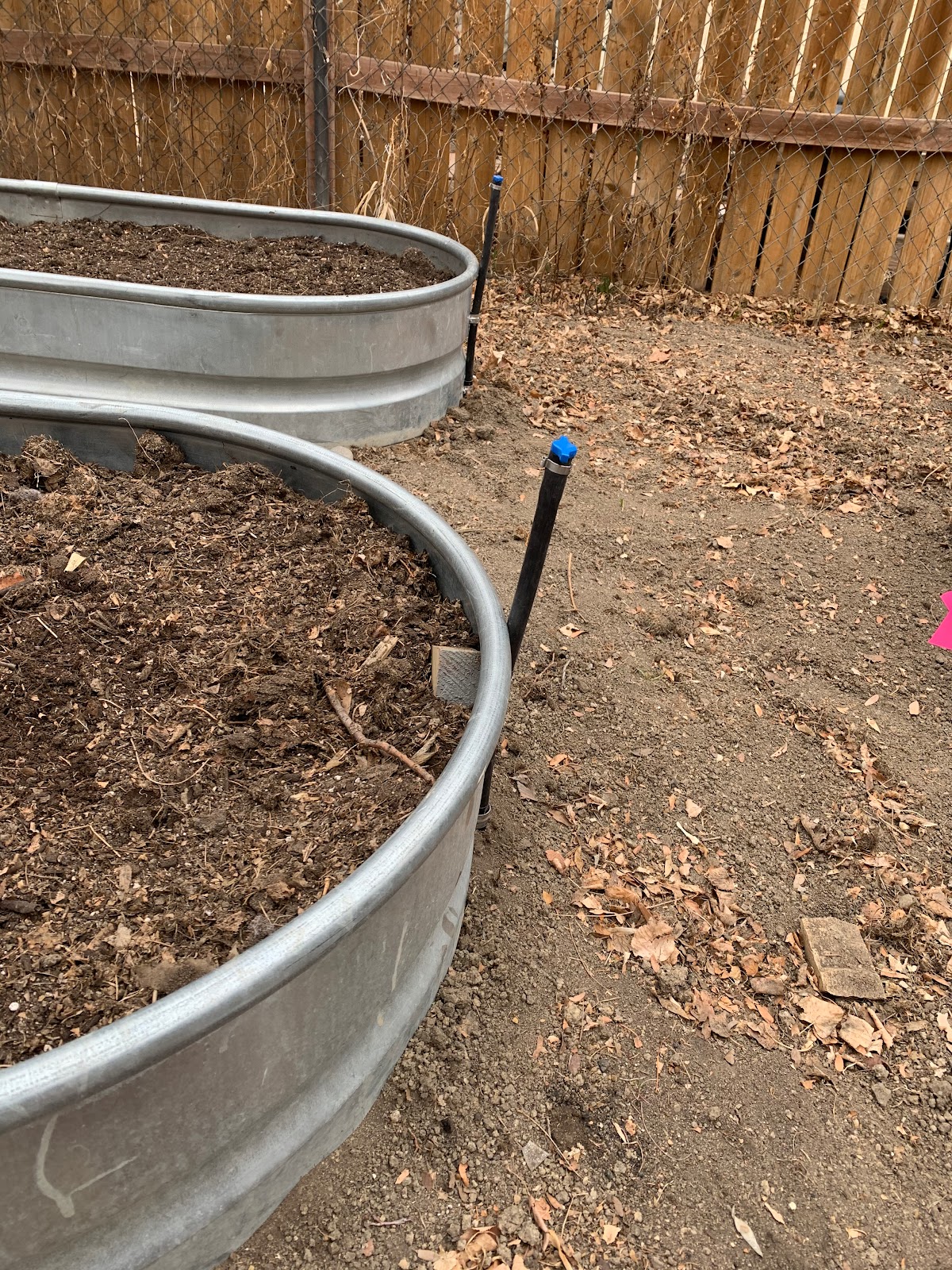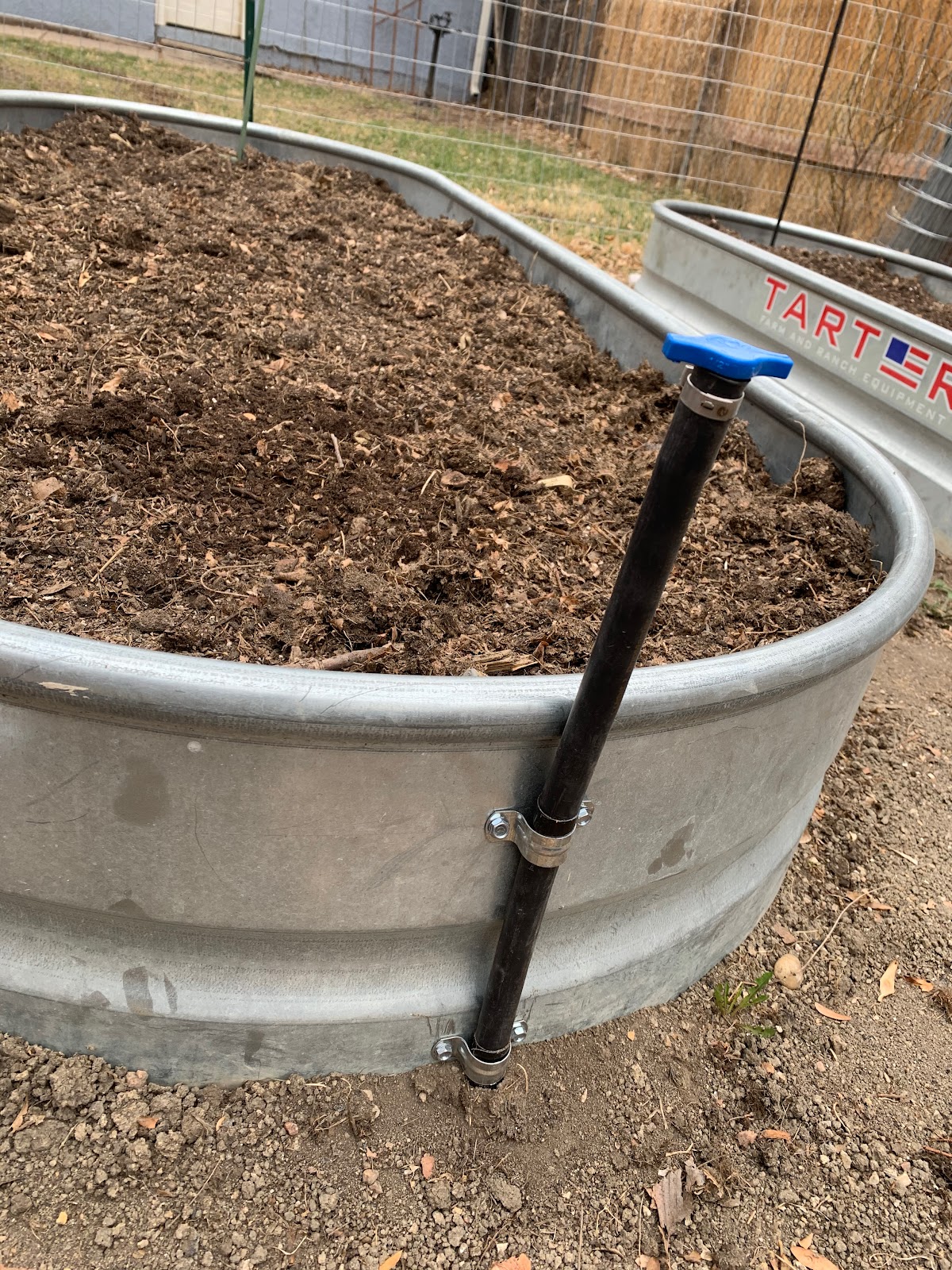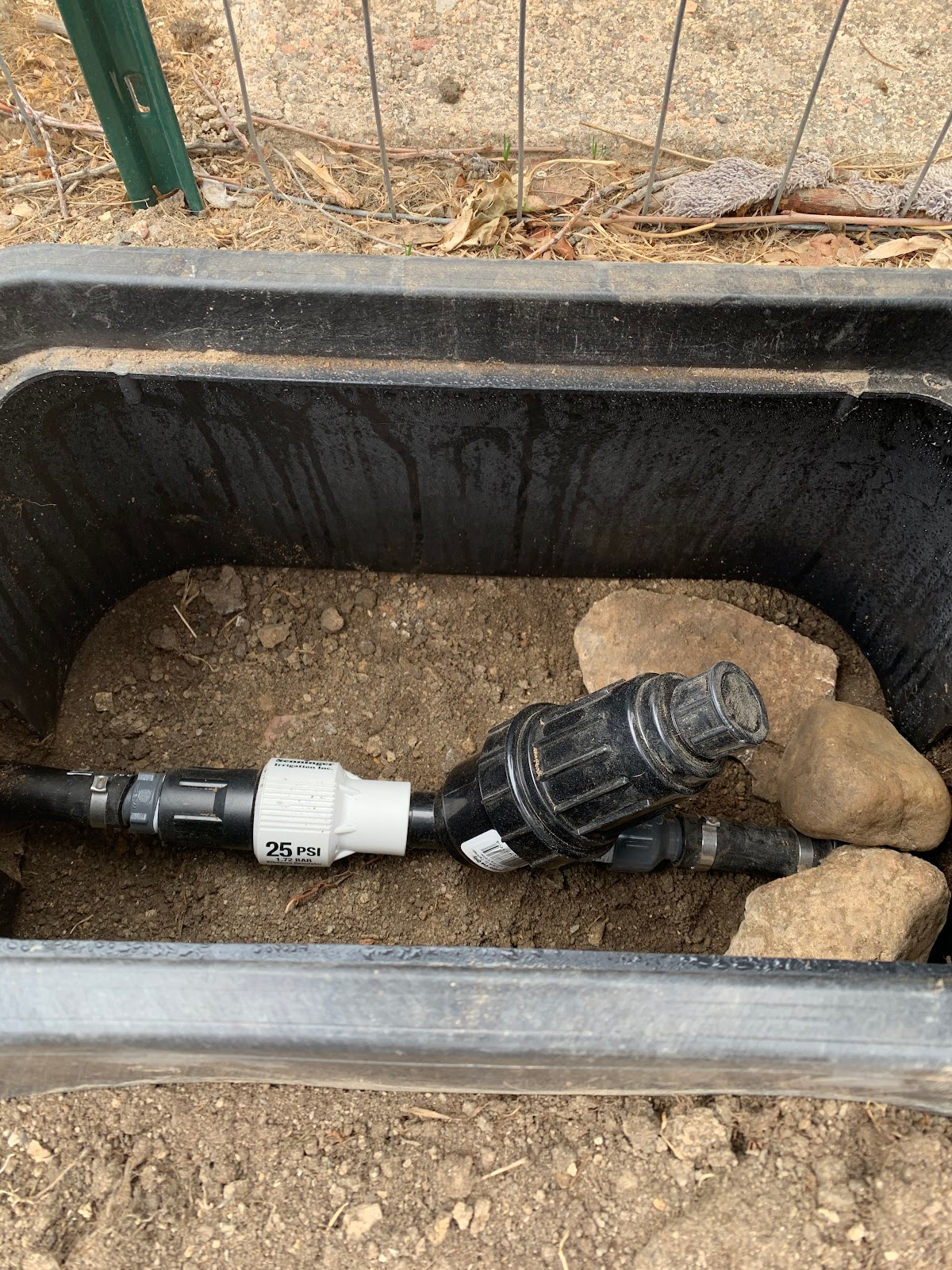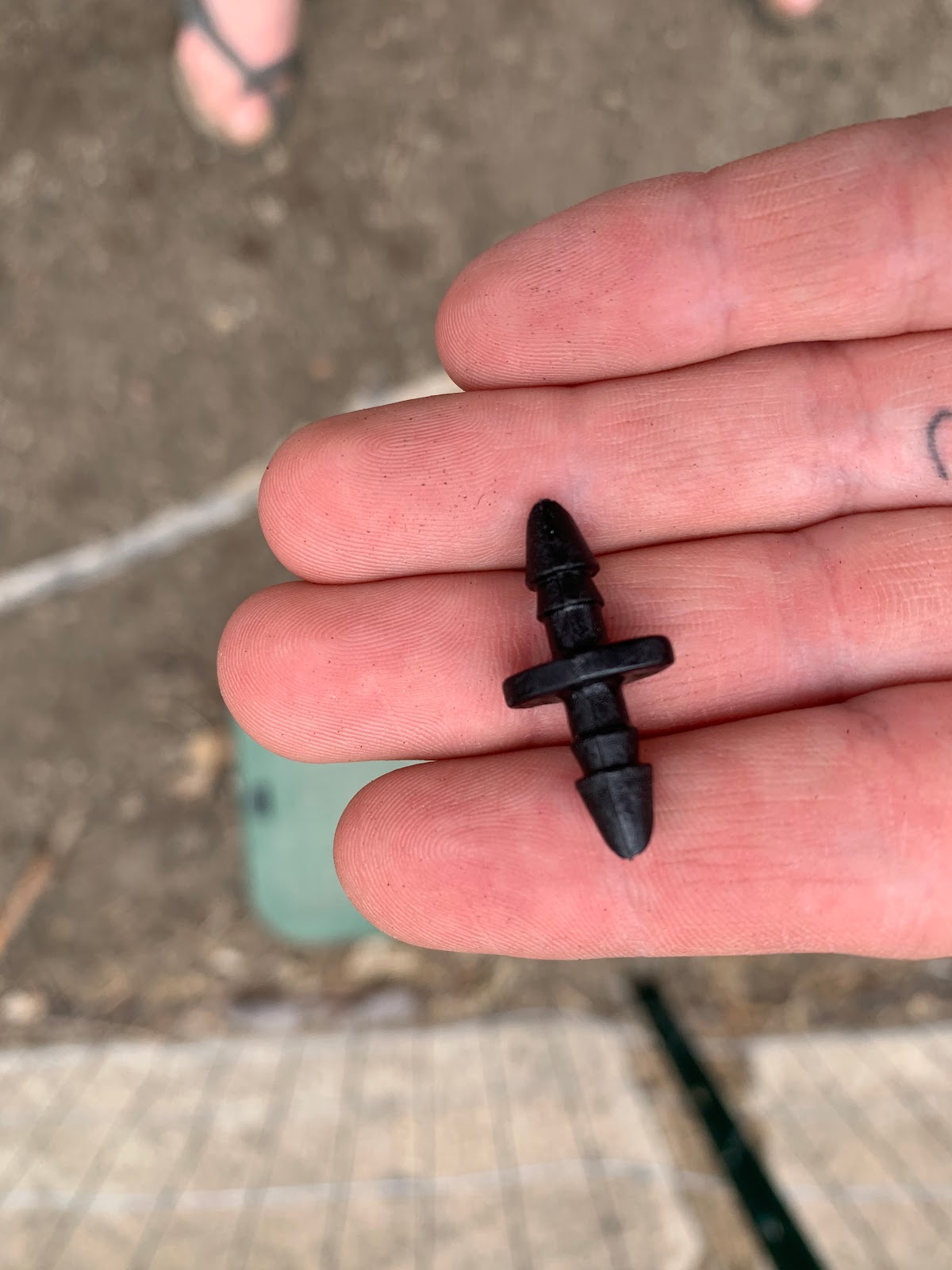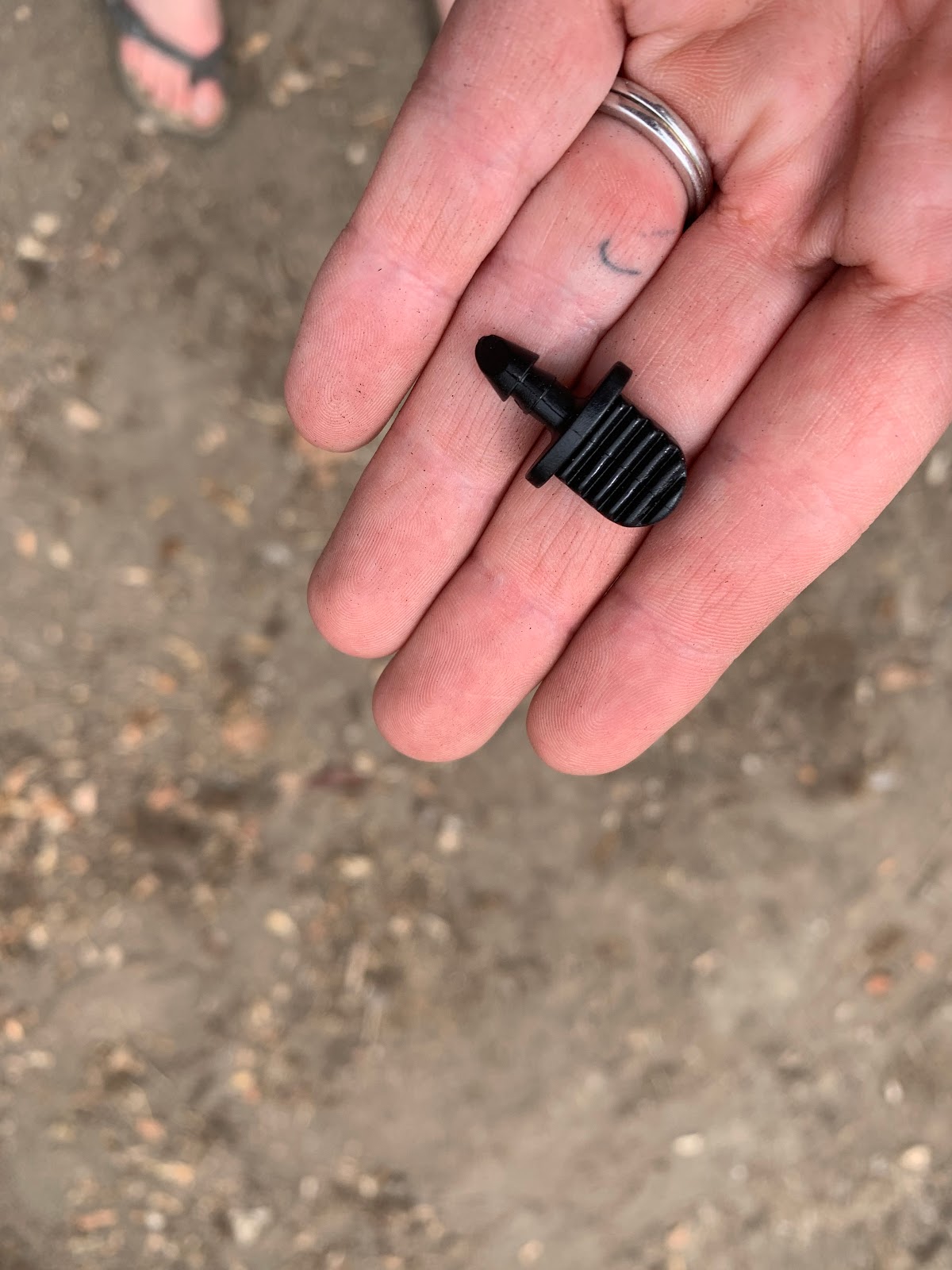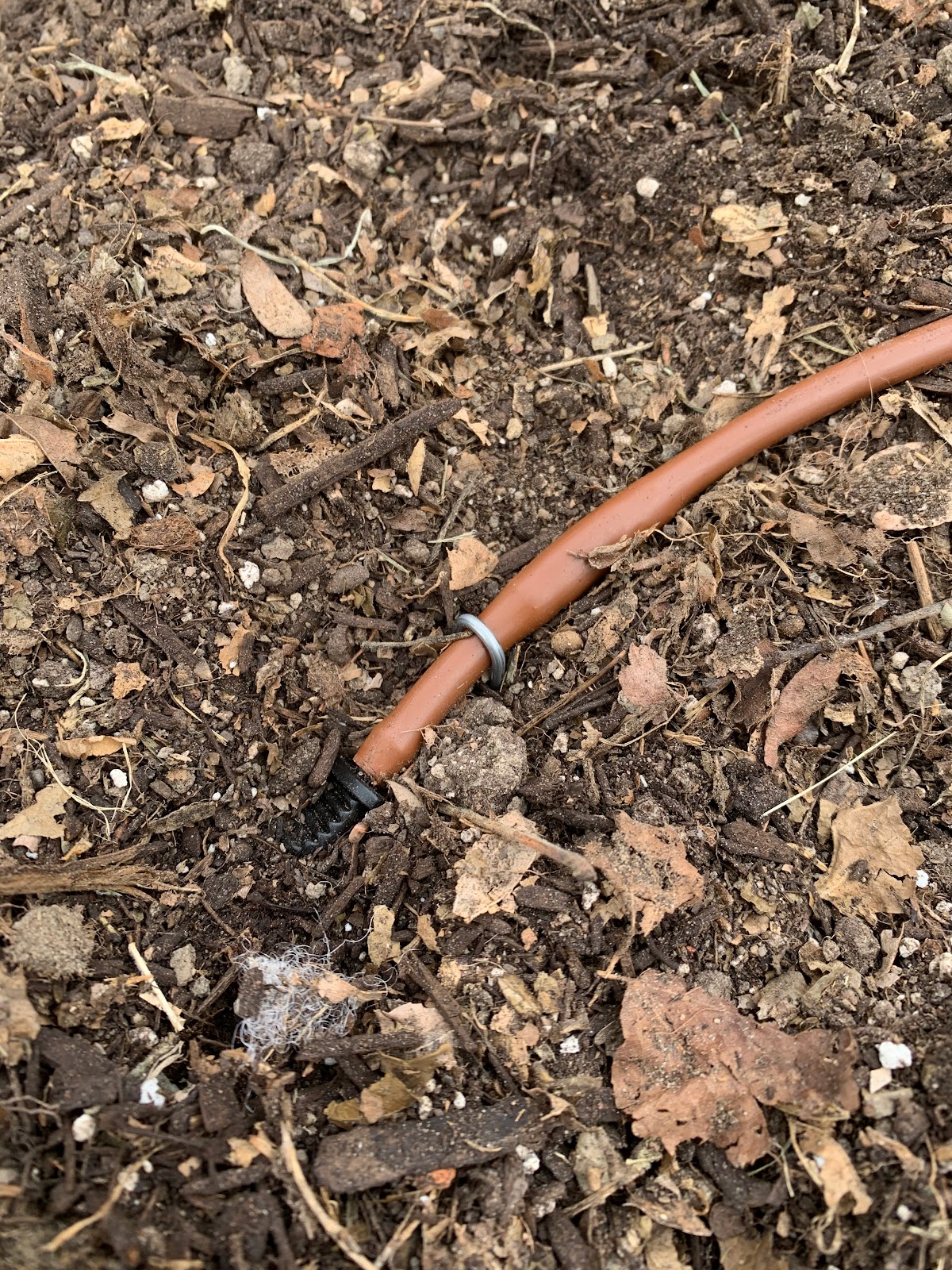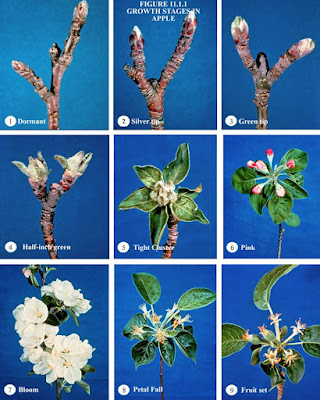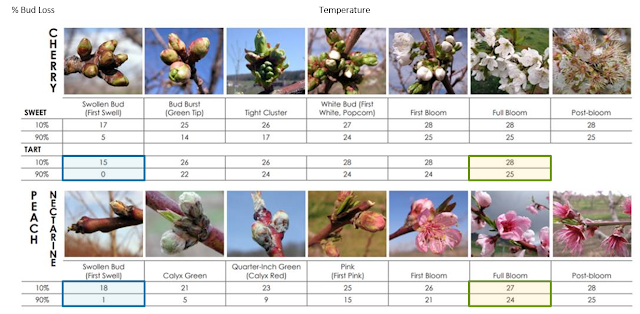Posted by: Judy Kunz, Master Gardener, Arapahoe County
Perennials are a great addition to any garden, but some may need to be divided after a few years. Make note if they are no longer blooming, have developed bare spots in the center, are floppy or they have outgrown their space. However, not all perennials should be divided at the same time. Spring is the ideal time to divide summer and fall blooming perennials while spring blooming perennials should be divided in late summer or early fall.
Dividing summer and fall blooming perennials in spring is preferred because the plants are not expending their energy to produce blooms at that time, and they tend to be smaller and easier to handle. Spring division also gives plants the upcoming growing season to direct their energy toward producing a healthy root system before blooming later.
 |
| Photo: North Carolina State University Extension |
Some of the goals of dividing perennials are to improve the health and appearance of the plants by increasing the amount of light and air available, to increase flowering, to relocate plants that have outgrown their space or to increase the number of plants, more commonly known as plant propagation.
Before dividing existing plants, it is important to think about the feasibility of the new site. Consider the size and height of the new plants, as well as the amount of sunlight hours available. For ease in handling and transplanting, perennials should be divided just as new growth begins to emerge in the spring. To minimize plant dehydration, choose a cooler day in spring when the ground is moist and can be easily worked. Overcast weather is ideal. After dividing, rinse roots with a hose or dunk them in a bucket of water. Trim any dead growth and plant new divisions at the same depth as the parent plant. To minimize plant shock, it is helpful to have the transplanting hole prepared. Roots exposed to air can dry out quickly. Water in after planting and continue to monitor soil moisture during the growing season.
 |
| Photos: left, provenwinners.com; top right, forsyth.ces.ncsu.edu; bottom right, littlehouseinthesuburbs.com |
Perennials have three basic root systems that are handled somewhat differently at the time of division:
- Plants with spreading root systems like ornamental grasses have thick, fibrous roots. They can be divided by pulling apart or by cutting with a sharp shovel or garden knife. Each division should have at least three to five shoots with roots included.
- Hostas or daylilies have clumping root systems that can be divided by pulling them apart, by cutting through the crown with a sharp knife, or prying them apart using two back-to-back pitchforks facing outward. Each division should include several buds with roots.
- Plants like iris have underground rhizomes that are actually thick, fleshy underground stems with roots attached. These plants require division by cutting with a sharp knife or shovel. Replant new divisions with the rhizomes at or slightly below ground level. In the case of iris, trim the leaves to prevent wind from uprooting the new transplants.
It will take several seasons for the new plants to reach their previous size, but dividing them now is well worth the effort. They will reward you with stronger, straighter stems, healthier foliage and more robust flowering.
By the way, don’t forget to share extra cuttings with friends!
Here is more information on perennial dividing, plus a PDF listing common perennials and when to divide them.


.jpg)
